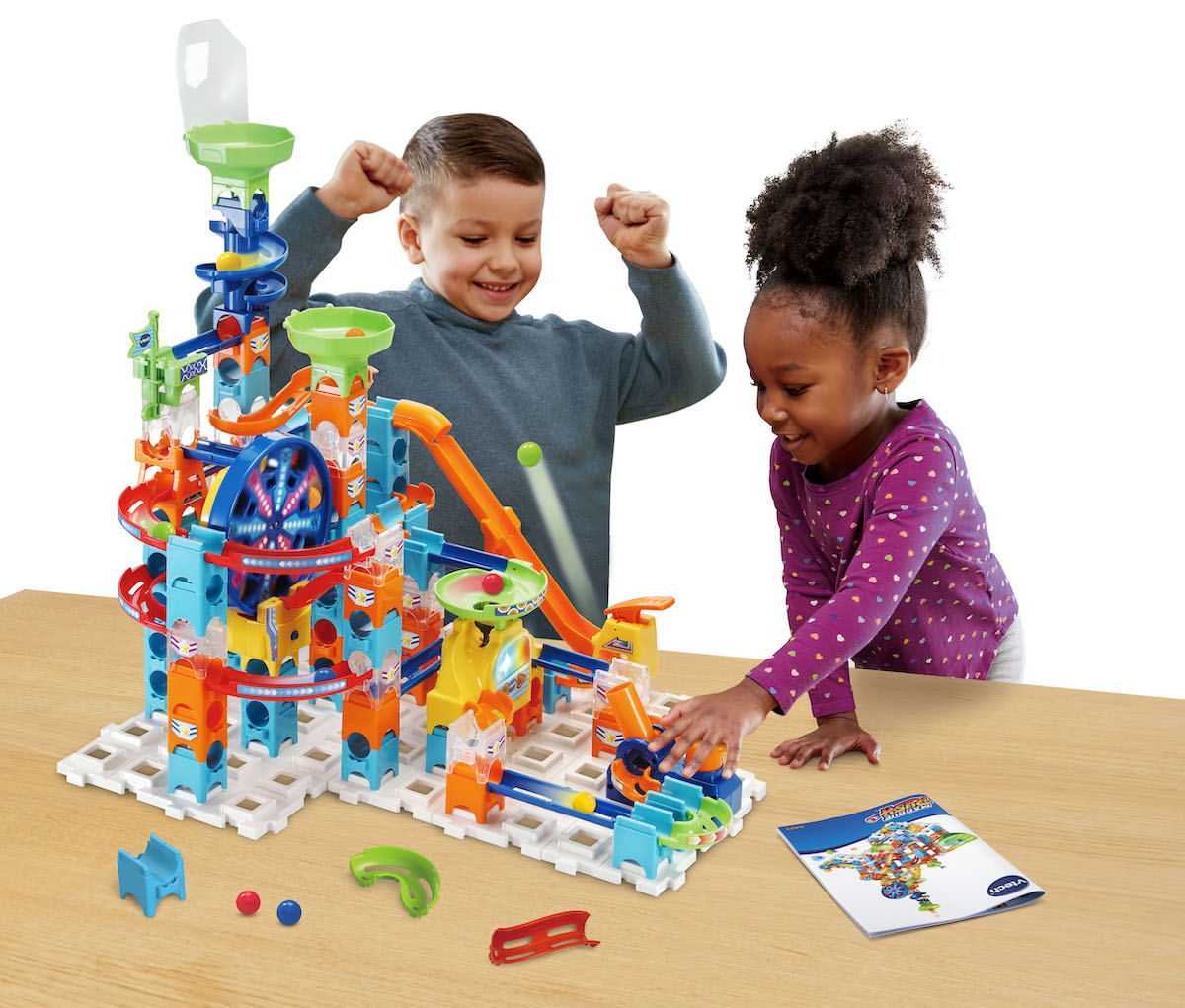Many of us have been traumatised by mathematics at school. So when it comes to helping your kids develop a positive attitude to maths, there’s simple and fun ways that you can explore it whether you’re at home or out and about. Let’s take a look at ten of those:
1. Talk positively about maths!
Firstly, it’s best not to say maths is difficult or that you hate it. If you do, they’ll adopt your beliefs and be disadvantaged before they begin.
2. Upscale maths vocabulary
Most maths difficulties occur because children don’t understand the question. If they don’t understand terminology, they lose their way. So, take them for a walk around the perimeter of the park.
3. Proportion
Proportion measures a part compared to the whole. It is a deceptively simple but important concept in mathematics. At breakfast ask children to quantify how much orange juice they have in their glass. More or less than half? How much more than half? Get the measuring jug out and find out what is exactly half. Proportion is the basis of fractions, ratios, percentages and decimals. When the pizza arrives, talk about how many pieces make a half. Concentrate on one fraction at a time. Consolidate halves in several different contexts before introducing quarters or eighths, e.g., ‘we are halfway there’, ‘get me a half a cup of sugar for this recipe’, ‘you’ve done half your homework’. Chatting about halves (and later other fractions) proves that maths is a widely applicable, real-world thing!
4. Size things up
Attune children to size. Big, small and medium are great words, but use a much broader vocabulary. Identify things as gigantic, miniscule, tiny, immense, massive or microscopic. Introduce the idea that size is relative. Offer three different-sized stones. Select two and ask which is bigger. Encourage a justification. Then produce the third stone. They will alter their decision because the third stone might be the biggest, the middle-sized, or the smallest. Working with more than two introduces superlatives. Big, bigger, biggest. Superlatives are regularly embedded in word problems e.g. ‘What was the age of the tallest boy?’
5. Match, sort, group
Children match, sort and group as they pack away laundry, set a table or organise schoolbags. To match they must understand why things belong in categories. Out shopping, make a game of finding things. ‘Lead me to the milk, a 10m roll of aluminium foil or one of those six-packs of pink lady apples for your lunch boxes’. They’ll apply memory and logic to locate the items. Have younger children scan the shelf for something familiar by colour and shape and allow them to see it first!
6. Measurement
As you walk, drive, tram or trek, discuss how things are measured! Distance, time, weight, temperature, pressure, speed, direction, angles and for the petrol heads in your family, horsepower and acceleration. PSI or kPa make much more sense to kids who monitor the air pump at the service station! Km, mm, kg, mg, degrees, hours, minutes and seconds all make much more sense, when you talk about them in real life.
7. Patterns
Patterns are the foundation of mathematics. Anything recurring or anything that can be generalised into a rule, make maths easier. Get kids to describe patterns on walls, fences, windows, logos or adverts. Encourage adjectives like vertical, horizontal, perpendicular, diagonal and recurring.
8. Shape
Shape is integral to patterns. Categorise shapes into round, linear, universal or irregular. Next, detail the features. To be a rectangle, a shape must have four sides, two sets of equal, straight, parallel lines and four 90-degree corners. Offer a puzzle: ‘According to these features, is a square a special example of a rectangle’? It is.
9. Space Cadets
Up, down, in, out, under, over, above, below, between, around, within, beside. Every time you go out, make sure children verbalise these terms. Each of us has a dominant side. As early as possible assist your child to identify their dominant side and name it so they can use it as a reference for left and right. Give fun instructions as you walk. Take three steps forward, turn to your left and hop three times. Jump backwards on both legs and bend down to touch the ground. The more kids feel these reference points in their bodies, the better they will understand them. When they are ready, take a compass along and teach them about north, south, east and west.
10. One two three go
Count everything! Stairs, paces, paving stones. Once kids count confidently, collect groups of ten. ‘How many groups of ten trees will we pass between here and our house’? This consolidates base ten maths, memory and recall. Children need three important number skills. Count the numbers in the correct order, have one-to-one correspondence, and ‘count on’. Each tree they pass has a different number. You can exercise ‘counting on’ by saying, ‘We have passed five trees, what number is the next one’?
The value-add to your child’s negotiation of maths using these fun foundations, will be incalculable!
Lili-Ann Kriegler (B. A Hons, H. Dip. Ed, M.Ed.) is an education consultant and author of Edu-Chameleon. Lili-Ann’s primary specialisations are in early childhood education (birth-9 years), leadership and optimising human thinking and cognition. Her current part-time role is as an education consultant at Independent Schools Victoria and she runs her own consultancy, Kriegler-Education. Find out more at https://kriegler-education.com








